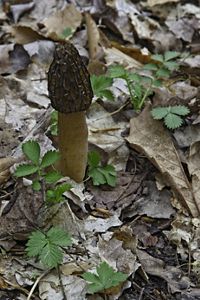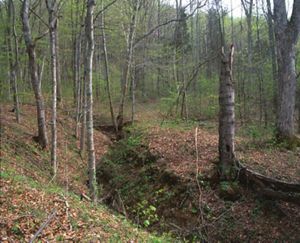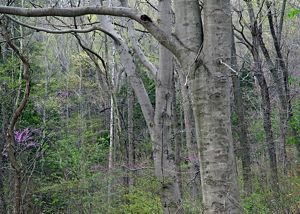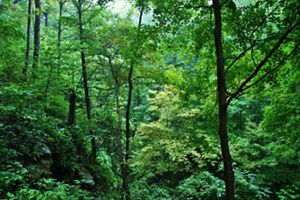Description
Hikers seeking seclusion will find just what they’re looking for on The Wilderness trail—nobody. This trail at the Edge of Appalachia Preserve System offers visitors a chance to escape into the woods for some peace and quiet, except for the sounds of local wildlife.
The Trail guides visitors uphill and down into deep woods and past cool glens and gray cliffs of limestone. Part of the path winds for a half mile along the rim of a dolomite cliff that drops precipitously for 60 feet into the shaded gorge to Cliff Run. In autumn, when the leaves fall, you can see the distant valley of Ohio Brush Creek.
The scene here changes with seasons. In spring, the slump rocks that have rolled down the hill are decorated with columbine, rue anemone, large-flowered trillium, goldenrod and miterwort. Above, migrant warblers flit through the trees, while the distance holds the rattling call of the wild turkey gobbler and the ruffed grouse drumming from his favorite log.
Late fall flowers in these woods are few, but hikers should watch for the delicate blue flowers of the stiff gentian, which blooms into November and, at times, even into January.

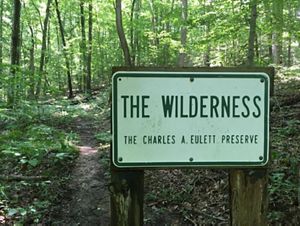
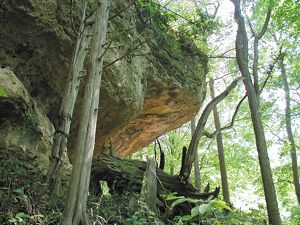
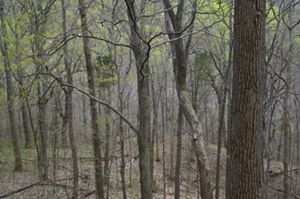
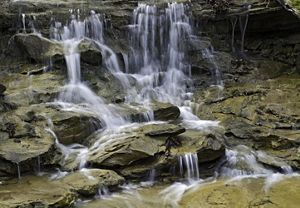
.JPG)
